This article is a long time coming. Finally another Monster feature.
Base Definition:
Killer Plants: a plant that takes aggressive action towards other creatures. This has three sub-categories as follows:
1. Carnivorous Plants: These are plants that eat something for nutrients.
2. Grumpy Plants: Plants that attack directly, but technically don't need to.
3. Sneaky Plants: Plants that don't attack directly, but use some indirect means to put any interlopers in mortal peril.
Writers Note: Fungoid often folded into plants for purposes of critters, in spite of being similar to plants. I specifically stayed out of the fungoid breakdown in the hopes of generating future material.
Killer Plants of Myth:
Plants are usually a symbol of life from death. There are comparatively few in myth:
The Brazilian Devil Tree: Found in the Mato Grosso region, and also known as the octopod tree, its branches hide in the undergrowth of the rainforest floor. When a victim enters range, it wraps these branches around a target and strangles it to death.
Cactus Cat: Imagine a bobcat like cactus and with the scream of a mountain lion. It drinks from other cactuses. While hardly the most killer plants, I can imagine how it would be running into one would be painful.
Fairy Tree: Of Irish myth, this was originally discovered in a Supplementation where it was depicted as a malevolent tree that shoots thorns on those that provoke its ire. These thorns end up injecting curses that create psychological issues.
I tried to go back to the original source, but the best I could find is the idea of the fairy tree. These hawthorn trees are considered bad luck to disturb as they are the home of the fey. A particular species, known as blackthorn, was the wood that they made shillelaghs.
Fear Gotoch: This patch of dead grass is also of Irish myth and is known by another name: hungry grass. Those that tread on this suffers from perpetual hunger.
Furutsubaki-no-Rei: Known as 'spirit of an old tsubaki tree.' when this tree gets old enough, it gets the power to take it's spirit and project it as that of a beautiful woman.
It ranges from poisoning people with insects to weeping to warn them of danger.
Lotus plants: In the original Greek myth, it was a plant that induced euphoria and complacency. They forgot everything but it's embrace.
Madagascar Tree: At the end of the 19th century, a German explorer encountered a carnivorous tree. It was said by the locals to be used for a sacrifice that quickly sacrificed her by branch strangulation.
Mandrake: The Mythic version of this plant has roots like look like a human. There are tales of mandrake having two genders and is created from the dripping fat and blood of a hanged man. If pulled from the earth, it will let out a scream of death.
Naree Pon: This Buddist Thai myth is that of a creature that is part humanoid and part plant. They have a tendency to throw rocks at trespassers.
Nubia Tree: This Mythical Northern Africa tree was reported by Phil Robinson in 1881. He was told that it used it's golden fruit to lure its victims into the rich green sharpened grass that grew beside it as an extension of the plant itself.
Romani Vampire Pumpkin: What if a melon or pumpkin had been possessed by evil spirits. They animate at night to sate their unholy thirst and dine on the unwary.
The Death-Dealing Tree of the Phillippines: This tree is known for hypnotizing its targets with a swaying action before lunging to grab a victim on the sticky, prickly grasp.
The Death Flower of the South Pacific: This brightly colored flower with very large petals is immense. This generates a sleep-inducing aroma which would attract the victim into its leaves before it would digest it alive.
The Nicaraguan Vampire Vine: Also known as the devil's snare, its shape is octopi dark, nearly black hue, and were covered with a thick gum which been known to devour mostly dogs.
Ya-te-veo tree: Another 19th-century explorer, Ja Beuke's discovered this in central and South America. With a short trunk and long branches, it will lift the unwary drain its blood and then cast away what's left. Its name is in Portuguese which says "I see you."
Plants in Traditional Media
This is the real inspiration for killer plants in gaming.60's Spiderman: This is my earliest memory of a killer plant. The episode vine created a Godzilla vine with a head of an angry flower. This forced spiderman to go back in time (the attic he was cleaning had a time machine) to when plants ruled the earth. They fed off the radiation of their idol (which was used to stop the plant monster in the present). I find this noteworthy because the plants in the past are one of the earliest places I ever heard of a plant civilization and were intelligent to boot.
Attack of the Killer Tomatoes: This horror comedy made a concept that I don't remember anywhere else: A plant monster that is very much a swarm. When they added gaping maws in the sequels, they have become even more hilariously terrifying.
(The horror!)
Little Shop of Horrors: I don't think there is a more iconic killer plant than Audrey II. A bulbous version of a venus flytrap. that can talk and is very intelligent, abet single-minded, it was very dependent on its owner for the first few months of its existence. It gets more bizarre when you realize there is an alternative ending where Audrey II becomes a Godzilla-like monster.
Swamp Thing: The DC plant monster is an anomaly as it is usually a hero, abet one that is in a horror comic. His connection with nature allows him to construct a body of vegetation out of pretty much anything and controls most plant life.
The Happening: This is the textbook definition of the sneaky plant. It uses its pheromones to cause humans to go mad and kill each other.
(since no tree was specified, here's a larch)
Triffids: Created in 1951, they were designed by humans to fit a niche (they were created as an alternative to fossil fuels), they were a creature that exploited the dangers of being in a world gone blind. It was a mobile aggressive species.
Lord of the Rings: This is one of the definitive plant monsters: the ents. The tree humanoids saved the heroes and assaulted Isengard.
Killer Plants in More Modern Media.
There is a grey line between this and traditional media, but this feels like an extension of the previous episode.Plants vs Zombies: My obsession with this game pretty much started this journey and it's been fun watching somebody reimagine a complete category. This also knew how to draw gamers in with another obsession: horrible puns.
The Tick: El Seed is one of Tick's many great villains. A mutated sunflower with the bee twins acting as his minions, he wants to make plant the dominant species. He's animated many plants, some are which are very active even after his defeat.
Real Life Killer Plants
Nature creates some seriously messed up things and while, as far as I know, there aren't any man-eating plants, there are enough killer plant examples in the real world to extrapolate from.
Bladderworts: This carnivorous plant is a natural vacuum cleaner. If an insect lands on the plant, it is sucked into an internal bladder, where it is digested.
Cactus: These are iconic in their nature to be very spiny (not thorns) but the reason I have them on this list as killer plants is because of an old story. I remember an old western where they executed people by throwing them off a train onto a saguaro cactus. Now imagine those being more proactive.
Corkscrew Plants: This is a Lobster pot type carnivorous plant., has very unusually shaped leaves. These force the prey to move in a specific direction as it’s mesh of leaves constrict until its forced into its stomach in it’s lower arm.
Gympie Gympie Tree: Hailing from Australia and also known as Dendrocnide moroides, it is covered with stinging hairs that cover the whole plant that deliver a powerful neurotoxin.
Grass: While grass is generally harmless in itself, it can often act as a fungal delivery system, especially where it’s warmer. I once had an associate freak out when we were crossing the grass when going to the San Antonio missions because of that.
Hogweed: This 3 to 4-meter plant has a sap that reacts with sunlight that reacts with sunlight and burns hurting all it touches.
The Manchineel: The Latin name is alternatively for Hippomane Mancinella, and all parts of the plants are seriously toxic. Do not stand under the tree as the rain will mix with the plants natural substances creating a milky white sap that causes blisters. The fruit will cause gastrointestinal bleeding if consumed.
Pitcher Plant: This carnivorous plant is known as a pitfall trap, as it attracts it’s target with sweet nectar before it falls into an internal chamber. This chamber is covered in waxy flakes making it virtually impossible to get out. The insect is digested by the enzymes and may even drown in the chamber if the pitcher plant has accumulated water.
Pussy Willows: These are more from my own personal experiences. I was severely allergic to the point where their fluff used to cause severe inflammation. It’s not that hard to takes this and make their fluff a lethal substance.
Sandbox Tree: Hura crepitans is an evergreen tree with spines making it very difficult for animals to climb it. Some versions of the plants of the ripe fruit explode in a noise, giving it the alternative name the dynamite tree. It is another plant whose sap is poisonous and used on projectiles.
Sundew: This carnivorous plant consumes insects by using almost tentacle-like tendrils that are covered in it sticky concoction that it wraps around.
Venus Flytrap: This is the most iconic carnivorous plant as it has “jaws” of sorts. It has developed a natural bear trap. If a would-be insect lands, the plant clamps down, immobilizing it for food consumption.
Upas Tree: This plant is often mistaken to release a poisonous gas that kills nearby life (although this is usually done by nearby volcanic activity). It creates a poisonous latex used by the locals in java on arrows as it is a very lethal Cardenolide (heart-arresting steroid).


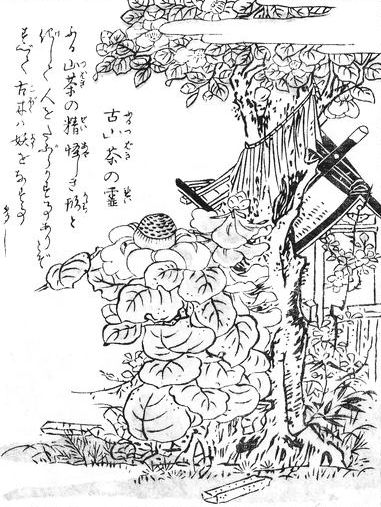
.jpg/800px-Lotus_pedunculatus_-_blossom_(aka).jpg)

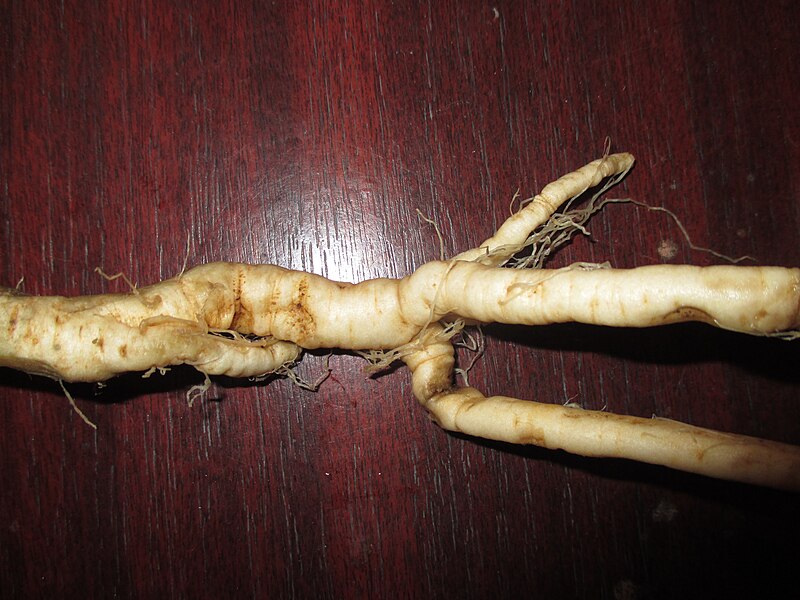
_(14579534309).jpg)


.jpg/800px-Little_Shop_of_Horrors_(16025253336).jpg)


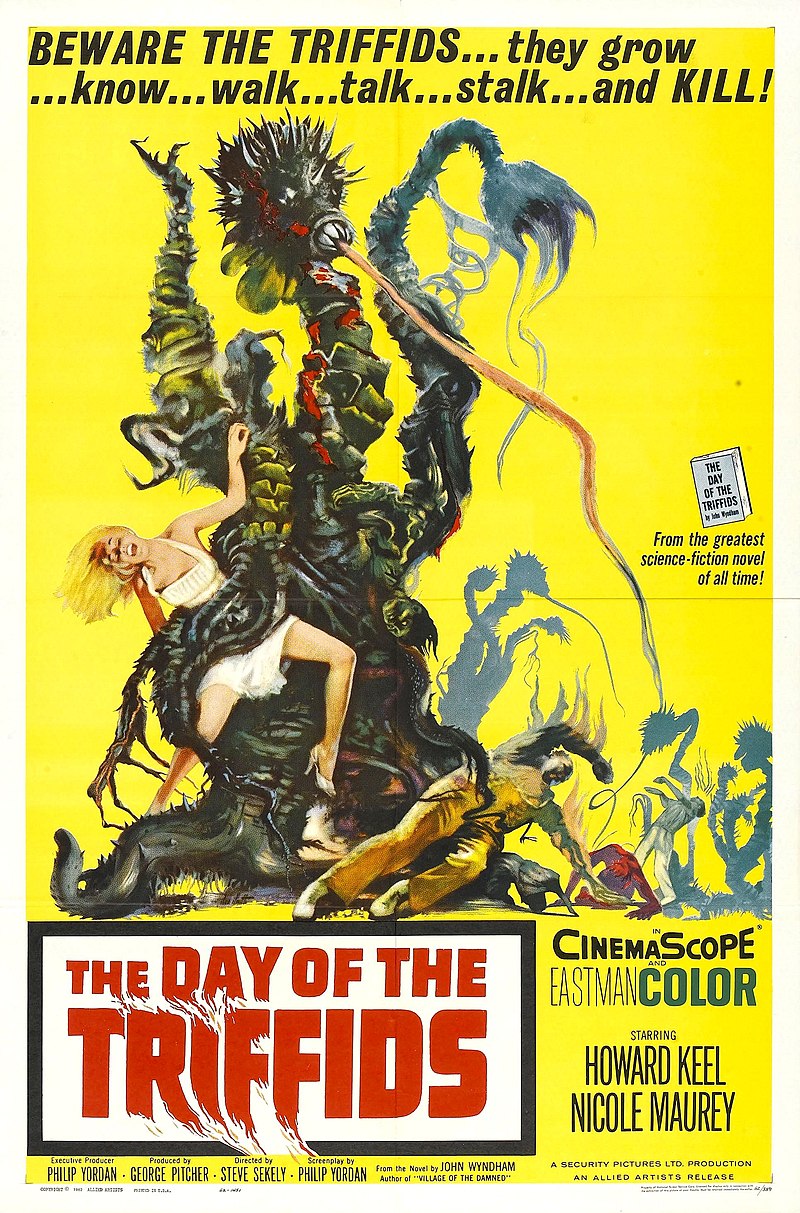
.jpg/800px-Horned_Bladderwort_(4959623968).jpg)
.png/245px-Giant_Cactus_(PSF).png)
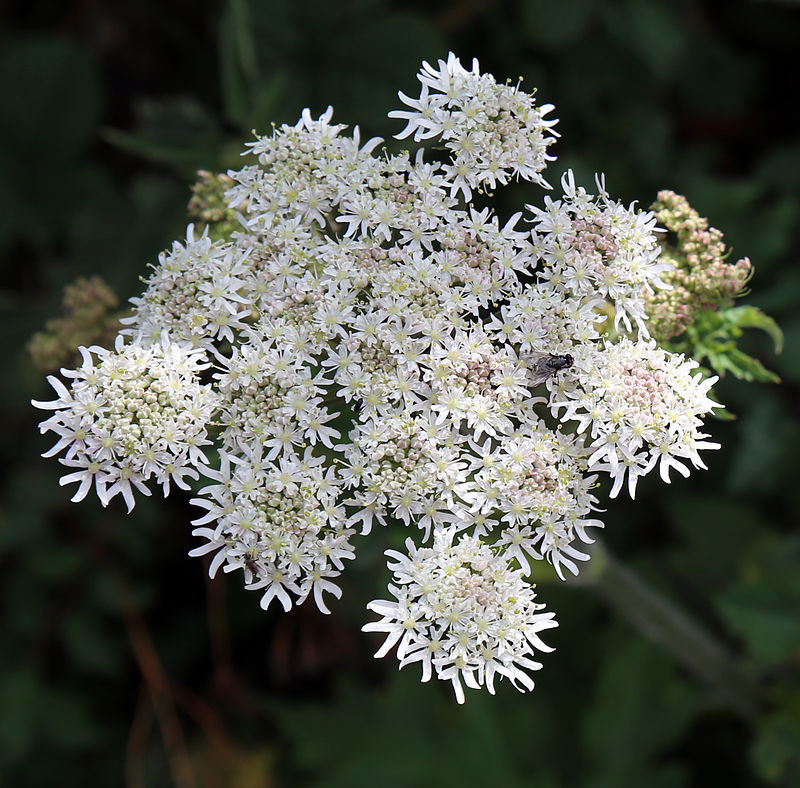
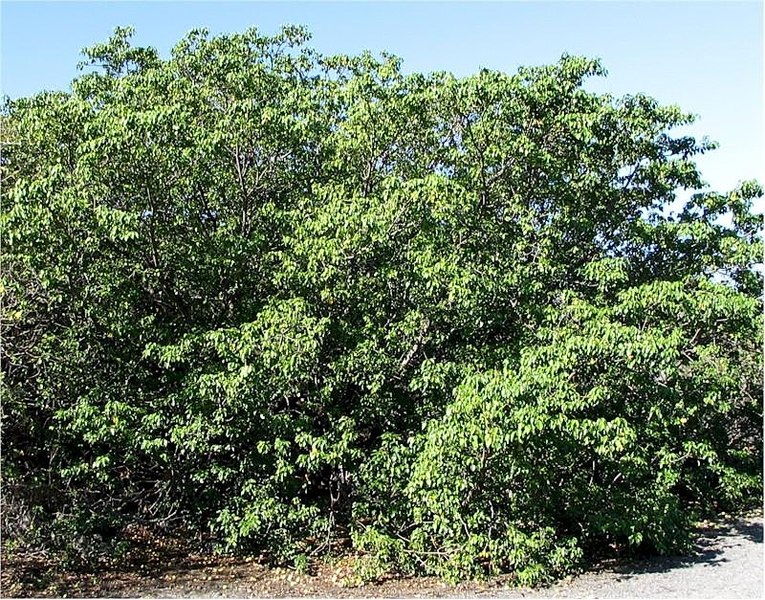
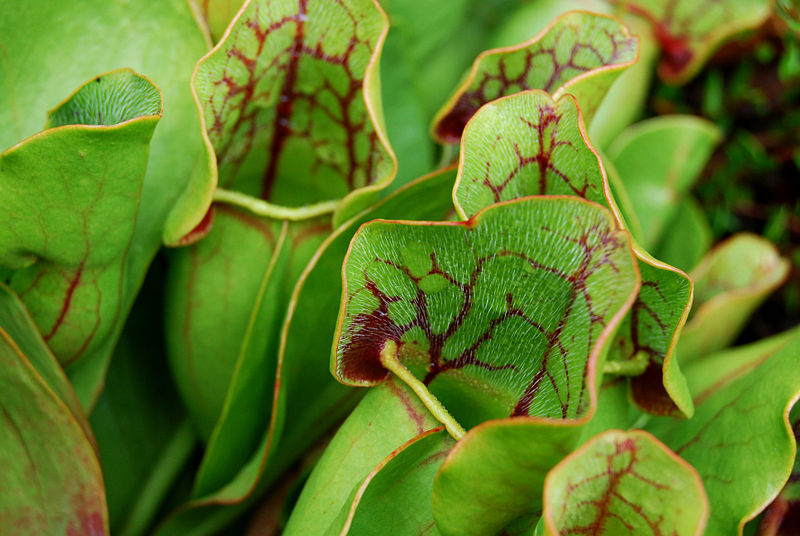



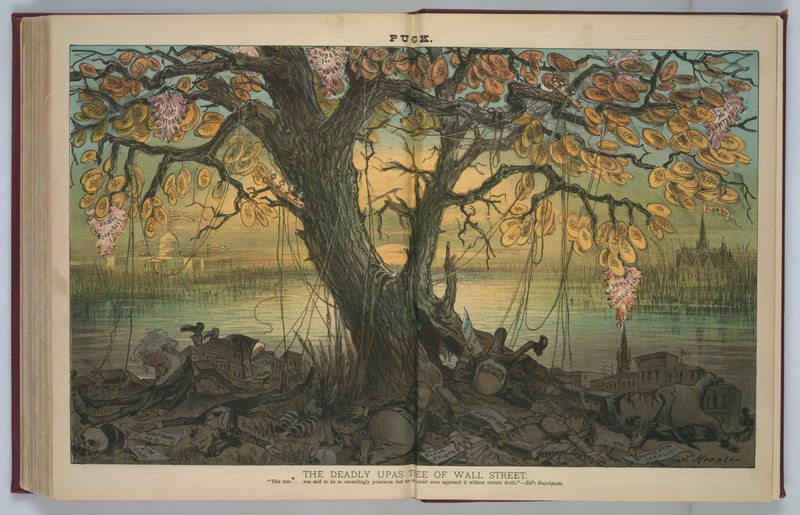
No comments:
Post a Comment